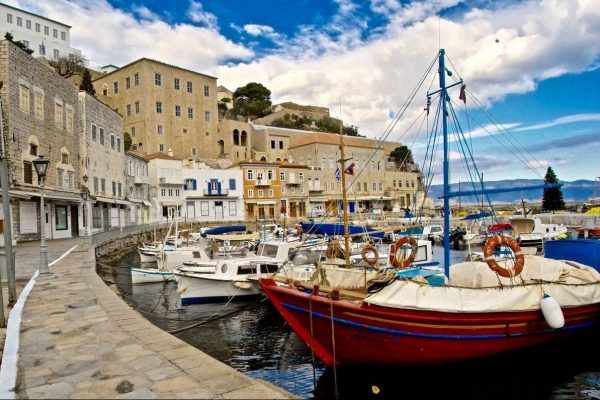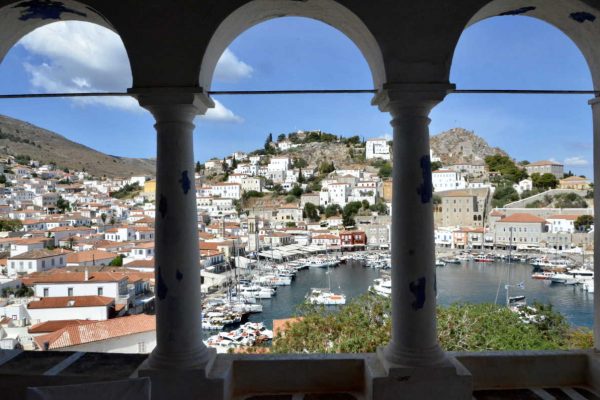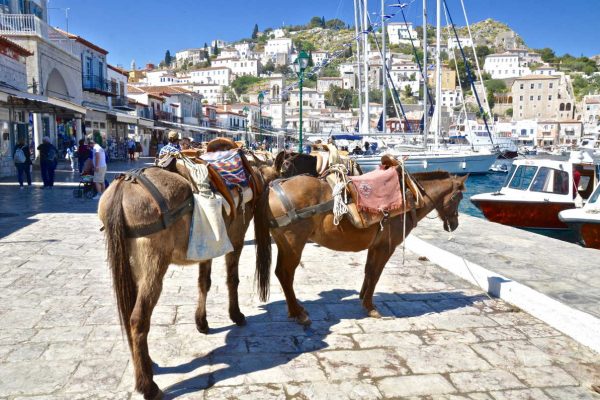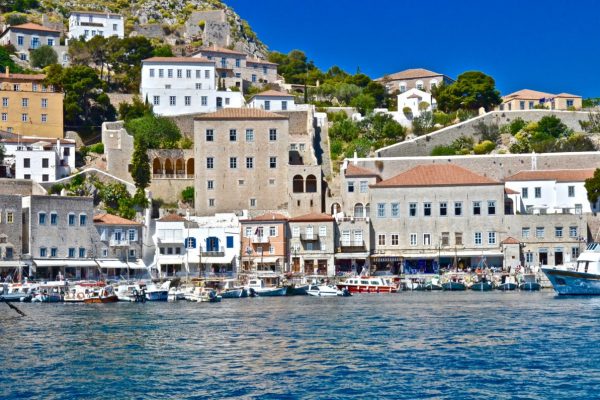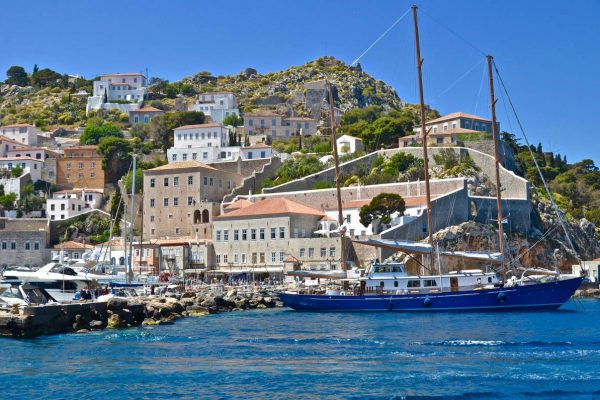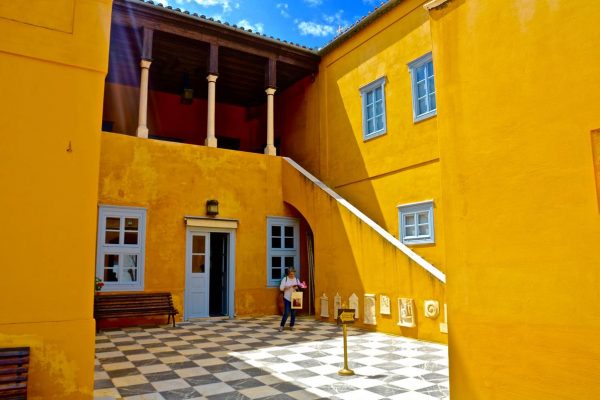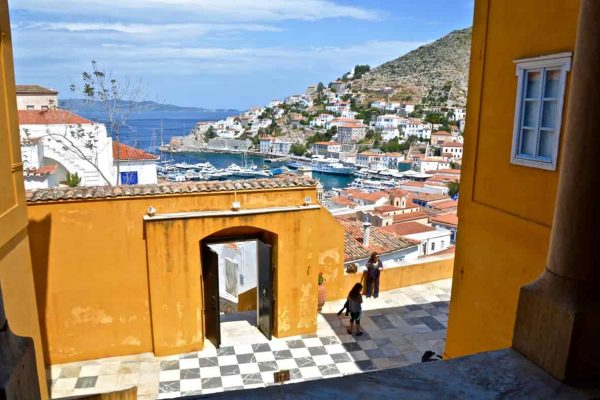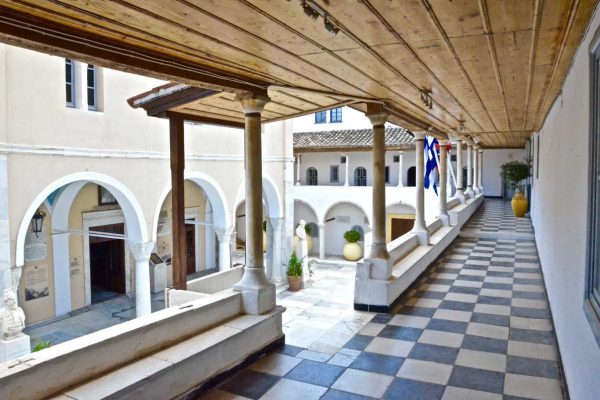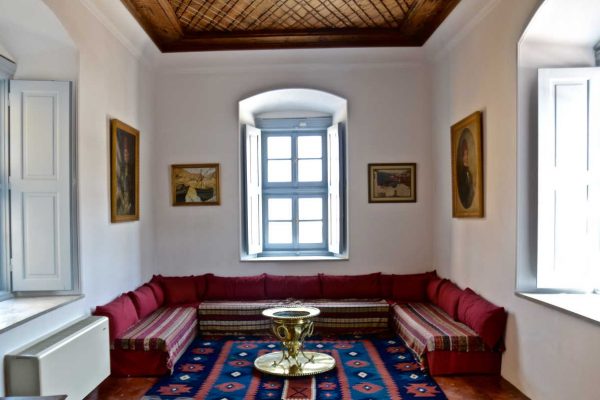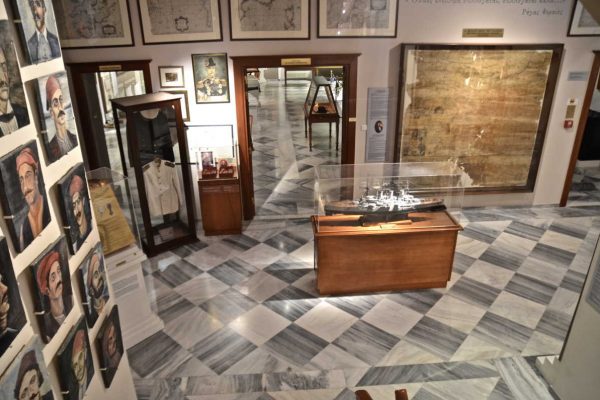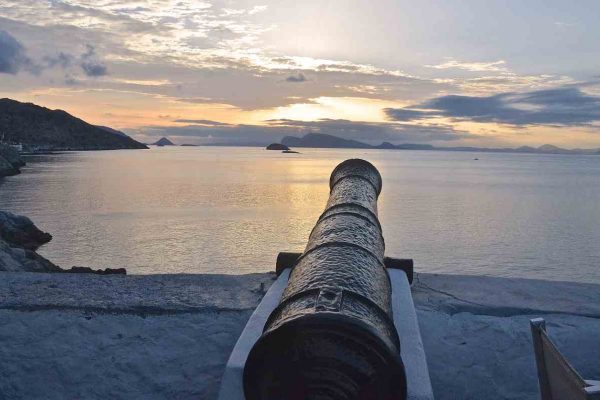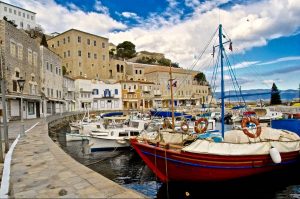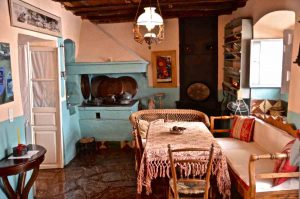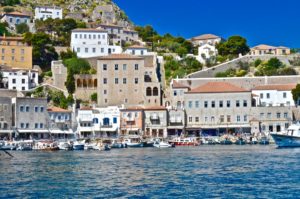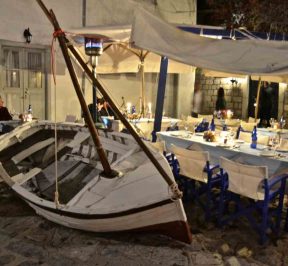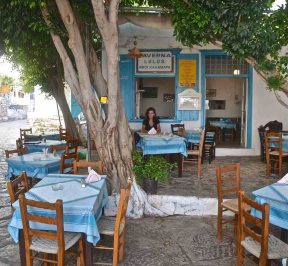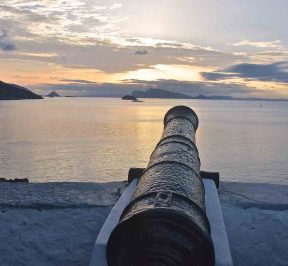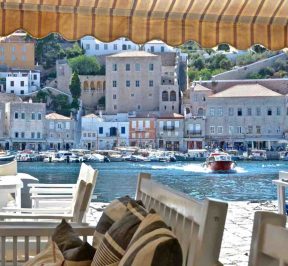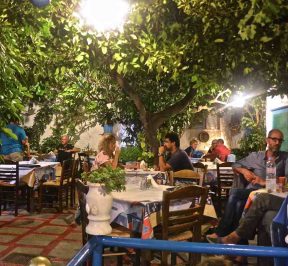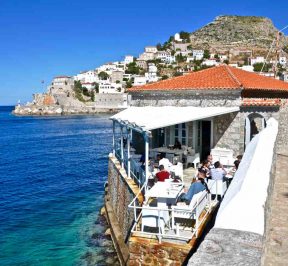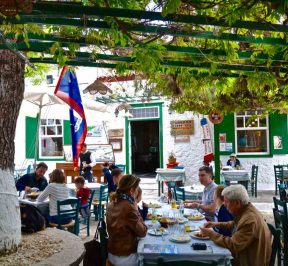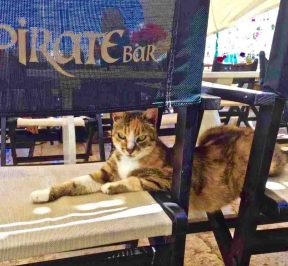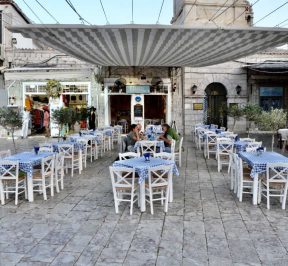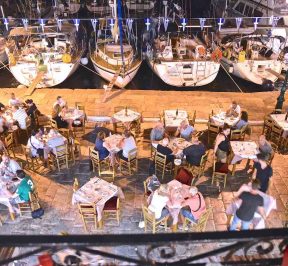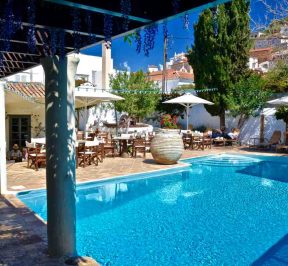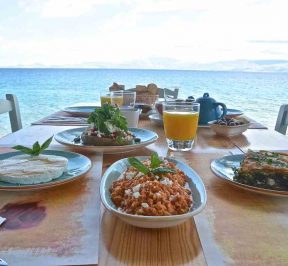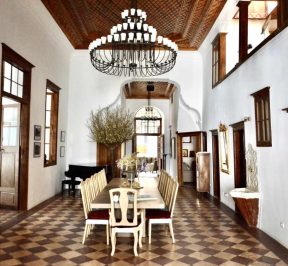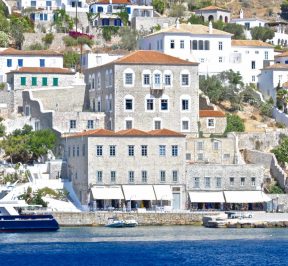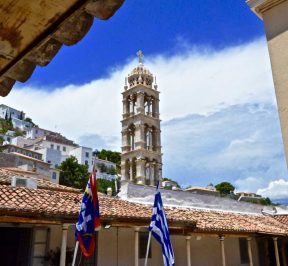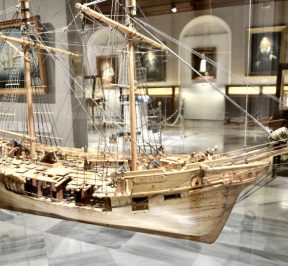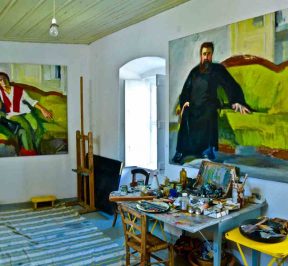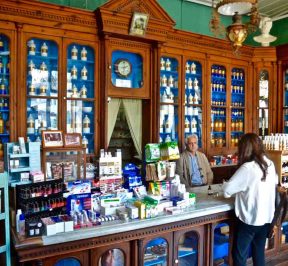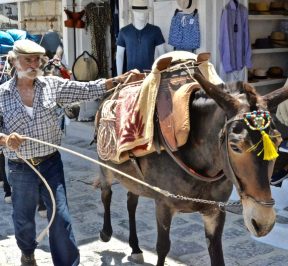Place - History of Hydra
Although some traces of life exist in Hydra From the Neolithic period, the Early Helladic period, and the Geometric period, the historians of antiquity, such as Herodotus, the geographer Ptolemy and the traveler Pausanias, rarely mention its name.
Only in the middle of the 15th century begins the significant development of Hydra with the settlement of Arvanite fugitives who left the Peloponnese due to its conquest by the Ottoman troops of Sultan Mohammed II the Conqueror. That is when the construction of the current city of Hydra begins, specifically around the hill of Kiafa for security reasons from pirate raids.
Over the next three centuries, the warrior land Arvanites, with the addition of new families coming from Epirus, Evia, Asia Minor, Kythnos and Crete, gradually became capable sailors, so that the late 18th century was one of the most powerful merchant fleets in the Mediterranean.
The moment of the start of the race 1821 finds Hydra with a population of 27.000 inhabitants, the city has spread to the port, owns a fleet of 120 ships (about the same as all the other Aegean islands) and with untold wealth for the time, mainly as a result of its successful involvement in the wheat trade during the Napoleonic Wars, when its ships broke the blockade of France by the British fleet.
Hydra is actively participating in the Revolution and starred with the money he gave for the fight but mainly with the decisive role played by his fleet with heroic fighters Koundouriotis, Voulgari, Miaouli, Tombazi, Sachtouri, Tsamado, Boudouri, Economou, Gika, Votsi, Kriezi etc.
After the liberation, a long period of decline and economic recession began for the island and for about a century Hydra, despite its small size and intensifying economic decline, gave the political life of the country a President of the Republic, five prime ministers, and many ministers (especially in the Ministry of the Navy).
The 20th century finds Hydra, despite its temporary economic recovery - the result of the systematic involvement of the inhabitants in fishing and sponge trade - in complete population weakening, leading slowly but steadily to the brink of economic decline.
Taken from the war, the occupation, the cessation of the sponge trade, poverty and desolation, the historic island of Hydra has been timidly gaining ground since the early 1950s. Reason the three movies shot on the island bring Hydra to the center of international interest.
«The child and the dolphin(1957), with Sophia Loren, «The girl with the black"(1956) by Michalis Kakogiannis with Elli Lampeti who received rave reviews at European festivals where the great film by Jules Dassen was screened"Phaedra(1962) with the wonderful Melina Mercouri and the famous Anthony Perkins and Ralph Valone created a great interest in the public to get to know this beautiful island that served as the setting for the films.
Hydra is becoming an international destination, mainly between 1960-70 when famous people from all over the world, such as Lennon, Clapton, Rolling Stones, Onassis and Callas, Pex Harrison, Peter Ustinov, Leonard Cohen visit it, some of them buy houses and create the foundations of a foreign community that It still exists today, while it also becomes a hangout for many people of spirit and arts such as Hatzikyriakos Gikas, Seferis, Eggonopoulos, Henry Miller, Tetsis, Byzantios, etc.
A breakthrough in the preservation of the physiognomy of the settlement of Hydra to this day and its establishment as an important tourist destination, was the decision taken in 1962, any change (repair, reconstruction, demolition, construction) to be subject to the approval of the ministry of antiquities Culture, a fact that saved the island from the rapid wave of anarchic construction, residential modernization and tourist "utilization".
Half a century later Hydra is a unique, charming and cosmopolitan tourist destination. An island of insurmountable charm that inspired dozens of artists who made it a source of inspiration, but also a refuge of their lives, an island with history and great naval tradition, with the traces of its naval culture in every part of the settlement.
The beautiful cobbled streets, the flower-decorated houses with the bougainvilleas, the well-preserved stone mansions, built amphitheatrically under the bare rocks, together with the picturesque donkeys and the horses, are a beautiful setting that challenges you to stop your time and live other relaxing rhythms.


